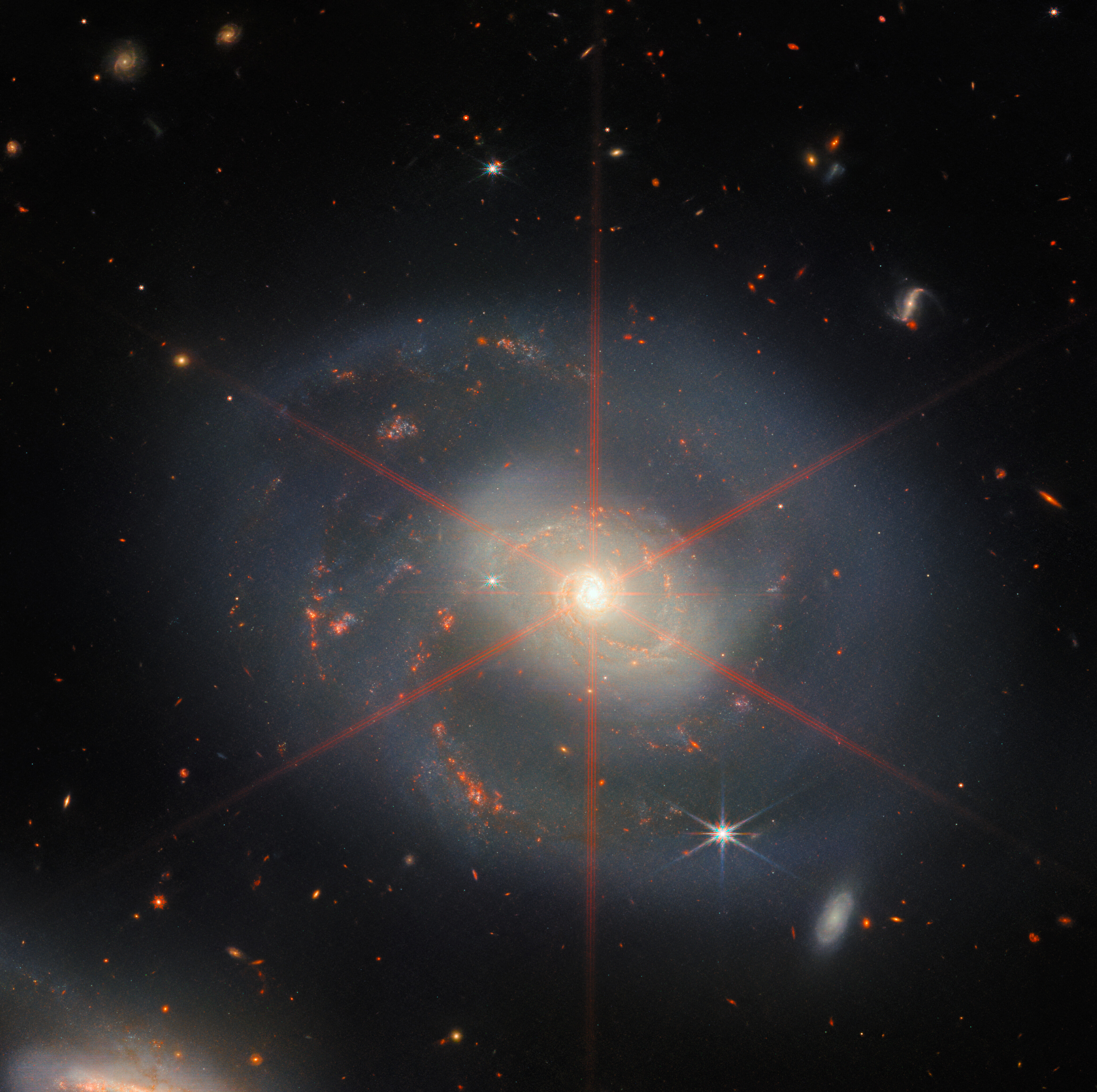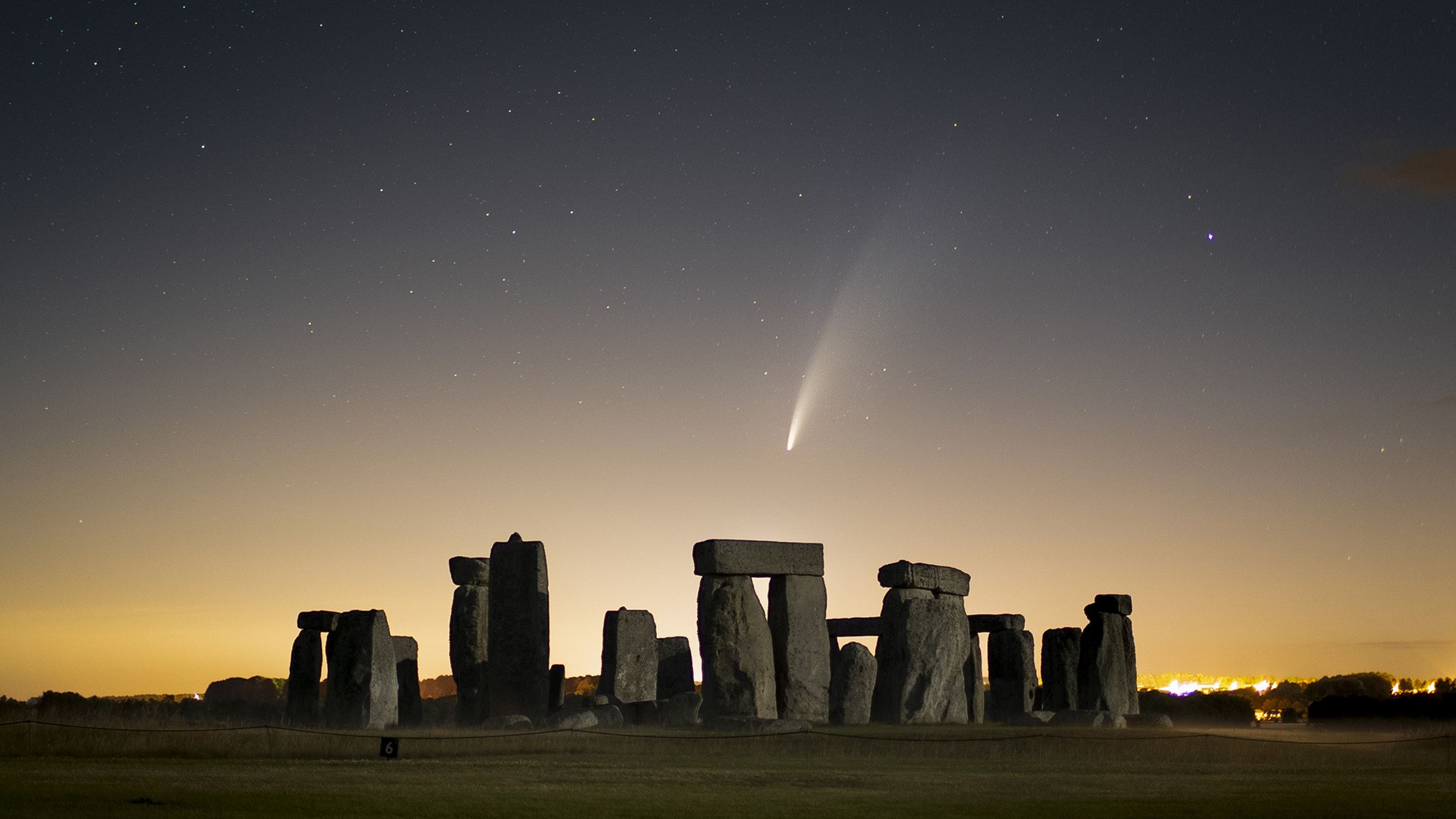All is not what it seems in this James Webb Space Telescope image
NASA's Webb Space Telescope image is a galaxy in star formation, but the six-pointed star is actually caused by light diffraction

During its launch year of 2022, the James Webb Space Telescope had us thrilled. Webb has already spotted some of the most distant starlight ever seen, captured stars forming, and brought us insane pictures of the cosmos.
Webb goes a million miles (literally) beyond what the best telescopes for astrophotography can view, and after just one year in space, NASA has reported that its optics are "performing nearly twice as well as mission requirements".
New images from the telescope are being released all the time, though, and the latest was A Wreath of Star Formation in NGC 7469, which is a gloriously luminous spiral found in the constellation Pegasus. In the image we can see what appears to be a six-pointed star, but this isn't actually a celestial object – rather something known as a diffraction spike produced by bends of light around the telescope.
The image was captured using Webb's Mid-InfraRed Instrument, Near-InfraRed Camera and Near-InfraRed Spectrograph, which NASA explains can be used to disperse light from an object into its different wavelengths.
Scientists are constantly analyzing the secrets of Webb datasets and images, which means we could see the mysteries of this starburst revealed even further in the future.
If you want to see more Webb image releases, head to the James Webb Space Telescope gallery, where you can see all of Webb's first images and learn more about what they depict. NASA will be launching new images regularly.
Get the Digital Camera World Newsletter
The best camera deals, reviews, product advice, and unmissable photography news, direct to your inbox!

Lauren is a writer, reviewer, and photographer with ten years of experience in the camera industry. She's the former Managing Editor of Digital Camera World, and previously served as Editor of Digital Photographer magazine, Technique editor for PhotoPlus: The Canon Magazine, and Deputy Editor of our sister publication, Digital Camera Magazine. An experienced journalist and freelance photographer, Lauren also has bylines at Tech Radar, Space.com, Canon Europe, PCGamesN, T3, Stuff, and British Airways' in-flight magazine. When she's not testing gear for DCW, she's probably in the kitchen testing yet another new curry recipe or walking in the Cotswolds with her Flat-coated Retriever.
